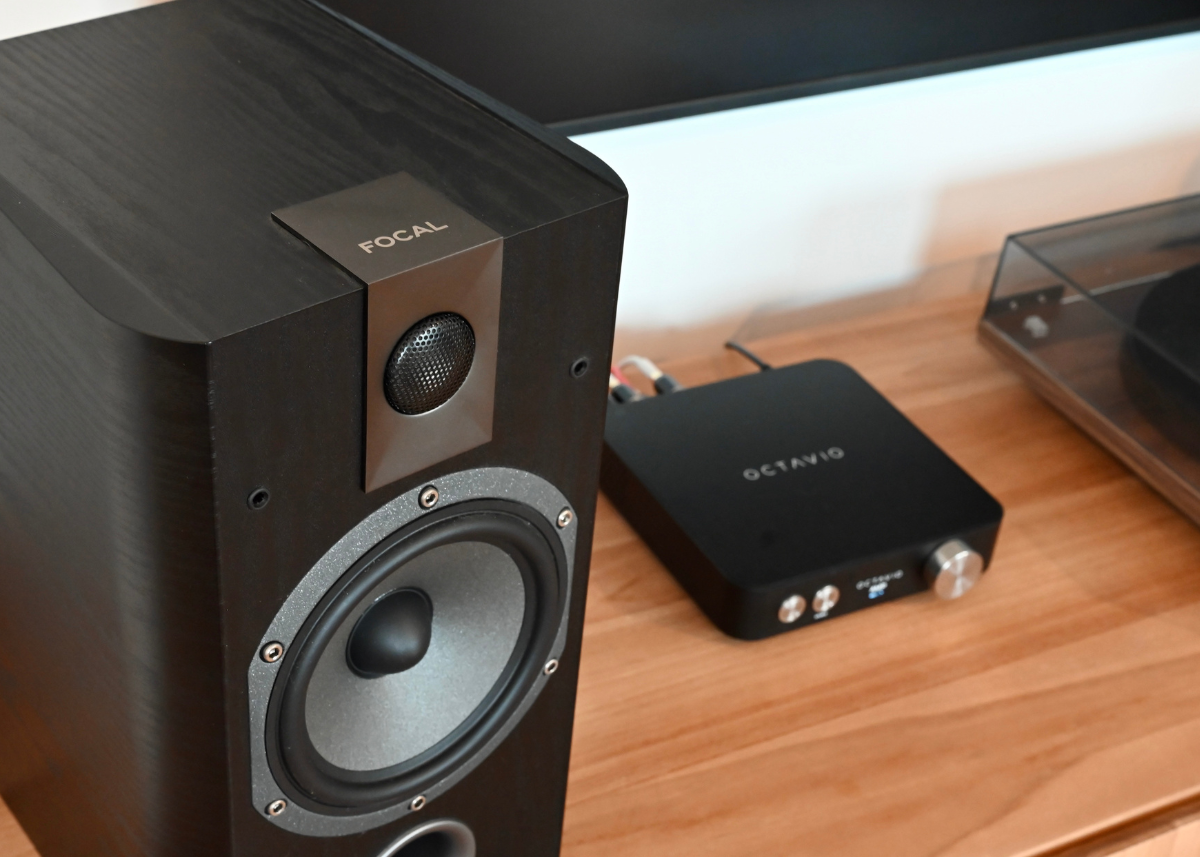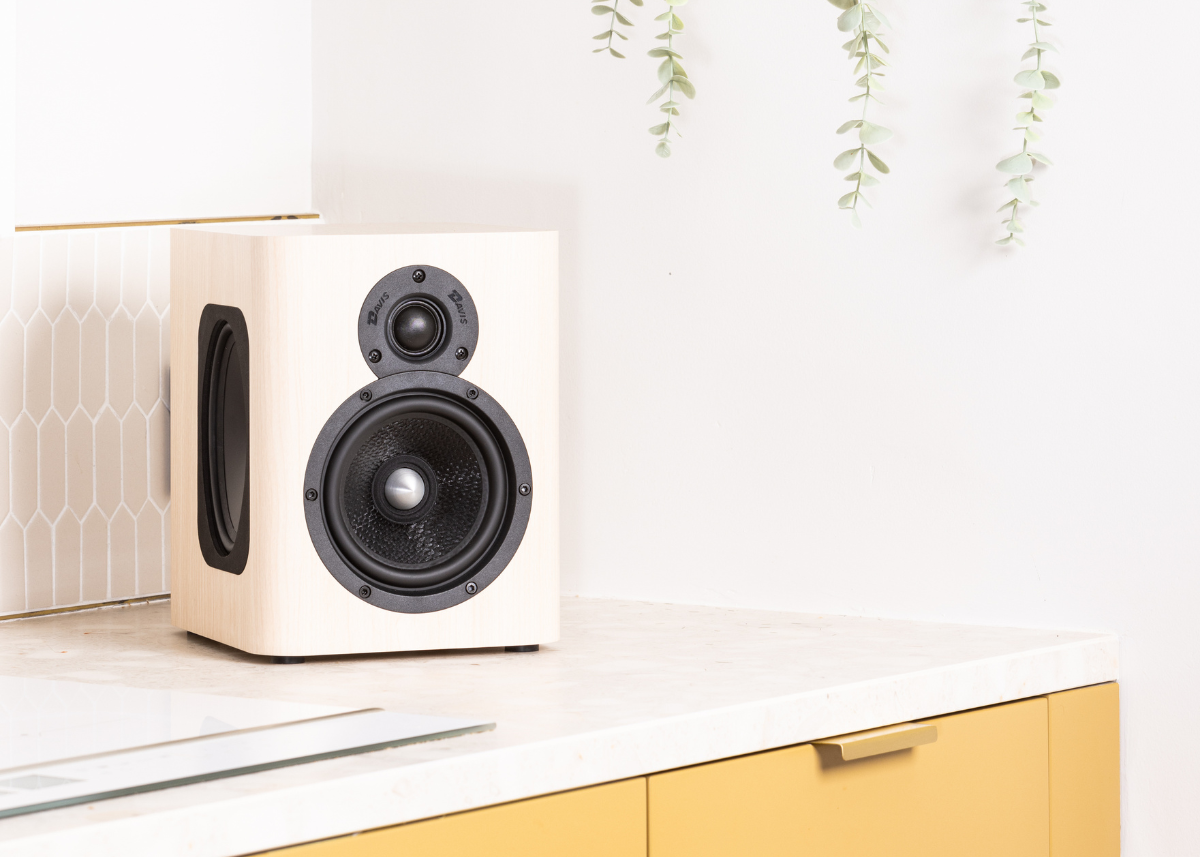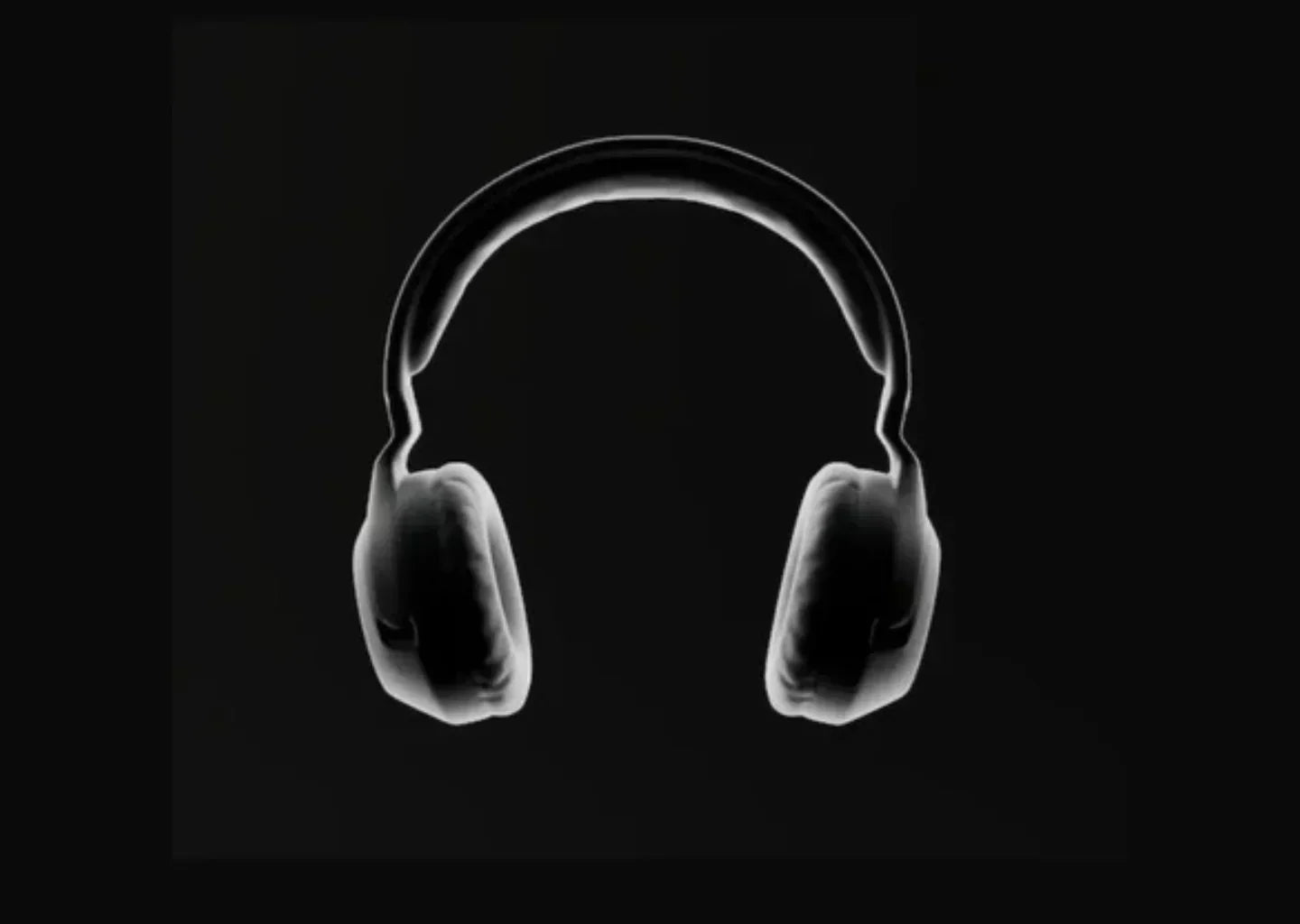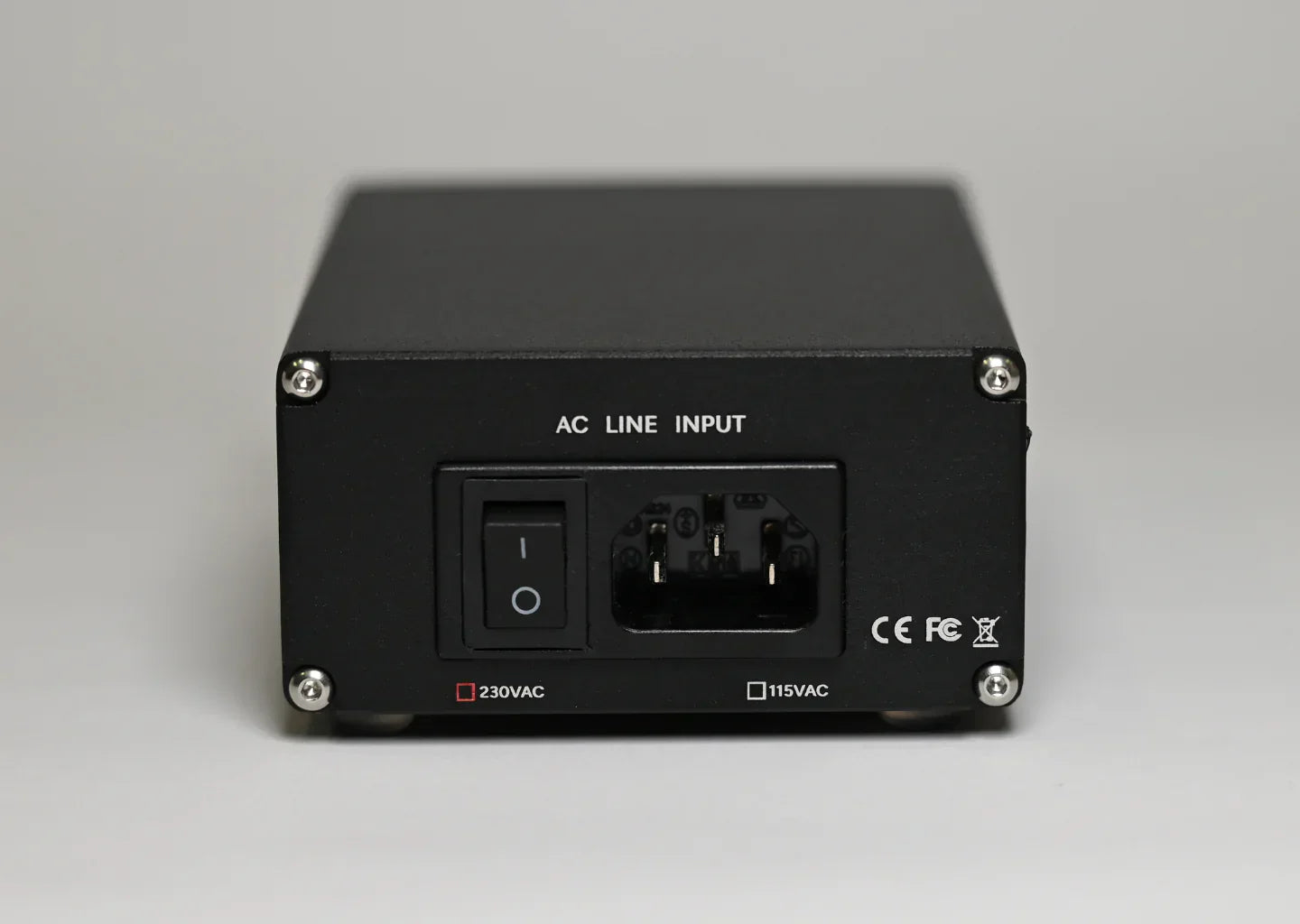The association of an amplifier with a pair of speakers is a crucial point of any Hi-Fi installation; poor coupling between the amplifier and the speakers can degrade the listening experience.
As an audio manufacturer, we have had the opportunity to test our products with numerous systems and we will endeavor to summarize our various tests for you by giving you a neutral but subjective opinion of the different speaker tests and combinations that we carried out.
We will each time test several speakers within the same range (a bookshelf model and a column model), always associated with our Octavio Amp amplifier with its most powerful power supply (2x100W). We will thus discuss the differences and distinctions that can be expressed between library models and columns.
Of course, each person has a different apprehension and expectation of sound, we will always advise you to try the combination between the amplifier and your speakers in order to check that it corresponds to your ears.
The choice of the Chorus
Today, we are going to test two speaker models from the Chorus collection from the French brand FOCAL. We will compare the Chorus 706 in Library type and the Chorus 726 in column format. The collection includes 3 different models including one dedicated to the central track in the case of an HC installation.
The heirs of the Chorus range, released in spring 2013, continue to make headlines. The Chorus 706 bookshelf speaker was indeed awarded a Diapason d'Or by Diapason magazine.
“The restitution shines with a striking impression of relief (...) On the complex orchestral formations, the music breathes with great naturalness, especially as the timbres are perfectly accurate, without any coloring. From this point of view, applause, a cruel test, is perfect. The dynamics are also very well done, devoid of any electronic aggressiveness. A revelation"
What surprises at first glance is the level of finishing, the products are assembled by hand in an artisanal manner in France and you can feel it. The speakers are heavy due to a design based on a very demanding rigid structure. We had at our disposal 2 finishing levels; the bookcase in standard black with a side covering revealing a grain. The column version has a more premium design combining the Glossy Piano appearance and imitation leather on the top of the speaker providing a more luxurious appearance. Note that the protective fronts do not attach to the speakers with magnets, which reveals inserts on the front of each speaker.
In terms of connections, the speakers have a simple terminal block to accommodate cables or connection terminals to be tightened.
The Chorus 706 and 726 feature the same poron suspension tweeter from the technology embedded in the Utopia range which allows for fine and detailed highs.
The Mid/Woofer of the Chorus 706 and the Mid + Woofer Duo of the Chorus 726 use a paper membrane made of cellulose pulp covered with Polyglass micro-glass beads, a guarantee of lightness and rigidity.
Our test setup
For our tests, we used the Octavio Amp connected amplifier with its most powerful power supply allowing it to deliver 2x100W. The L-shaped room has a lounge area and an open kitchen for a total surface area of approximately 30m2. The bookshelf speakers are placed directly on the TV cabinet and the columns are relegated to each end.
In order to compare these models, we listened to several titles from our reference playlist, still using Qobuz by the Virtuose application. We find in particular on this playlist:
- You and your Friend, (On Every Street), Dire Straits
- Run the World (Girls), (Red & Black Light), Ibrahim Maalouf
- Black & White (orchestral version), (Métamorphoses), Bernard Laviliers
- Your queen (orchestral version), (Brol La Suite), Angèle
We also listened to other music (Daft Punk, Daniela Andrade, Manu Katché) in order to check the character of the speakers on a fairly eclectic range of music.
Listening
Dire Straits
Chorus 706
The speakers are first placed perpendicular to the furniture. What is immediately surprising when listening is the directivity of the speakers and the difficulty felt in placing the soundstage. A quick positioning of the speakers with an interior angle makes it quite easy to define an ideal listening point. The speaker restores a very present bass. The guitar is faithful without being precise or dominant, the voice is well articulated but seems a little in the background. The rhythms are clean and well reproduced. The instruments are well played but are quite difficult to position in the stereo image. We can say that we find a sound with a fairly neutral, monitored type character, which is generally the case with this brand.
Chorus 726
The Chorus 726 speakers are at each end of the cabinet always perpendicular in the first place. This time, there is no need to look for an ideal placement. On this track, we immediately find a much more realistic and better constructed soundstage. The bass is much tighter and faster and less intrusive than on the bookshelf model. We find much more depth in the reproduction of this piece.
Ibrahim Maalouf
Chorus 706
The trumpet is relatively precise, but seems to lack material, the bias of a restitution without coloring is clearly stated. When the rhythm section appears, the comfortable size of this library format allows the speaker to produce deeper and relatively present bass. In the background, the voice-overs are perfectly audible. The whole, although balanced, sometimes lacks homogeneity.
Chorus 726
On this track, everything becomes broader and defined, the mids are much more detailed. This recording demonstrates that the speaker is capable of reproducing a rather analytical and rich sound without problem. The third voice makes covering the sound spectrum easier.
Bernard Lavilliers
Chorus 706
In this orchestral version, we appreciate the restitution of the soundstage a little more. Lavilliers' voice perhaps seems to lack depth. The instruments are all perceptible while restoring a relatively linear whole.
Chorus 726
Compared to the library version, Lavilliers' voice is more complete but nevertheless remains neutral. We recognize each instrument and position them much more easily on each plane of the soundstage. The sound is even more detailed but seems devoid of a certain emotion rather expected on this type of piece.
Angela
Chorus 706
On this Orchestral version, as for Lavilliers, the whole is coherent but may lack roughness and relief for some. The voice is beautiful, however we lacked a little grain and warmth. The voice is rather well articulated and even very detailed sometimes to the detriment of a certain emotion. The usually subdued side of Malouf's trumpet is relatively neutral here and seems a little too smooth. Linearity is a bias of the brand and will suit those who appreciate this type of listening.
Chorus 726
On this track, there is better cohesion of the instruments and the artist. The voice is clearly more present although the placement is not always easy to assess due to the swarm of details.
4K movie in stereo
Chorus 706
The whole thing is perfectly credible in relation to the image. The dialogues are clear and the soundtrack is perfectly reproduced. The bass is, however, less present than we had imagined compared to Hifi listening.
Chorus 726
Even more comfortable in this version, it is entirely possible to do without an additional box. The soundstage is more in sync and more consistent with the cinematic soundtrack
Octavio Amp and Chorus 706:
With these 90db the Chorus is very sensitive. You therefore need an amplifier that is not necessarily powerful but rather capable of precision. The Octavio Amp succeeded in this exercise brilliantly. Digital amplification provides all the detail expected on this type of particularly analytical listening speaker. Even if the Chorus 706 goes relatively low in the spectrum, HC use is entirely possible with the addition of an active subwoofer on the dedicated port of the Octavio AMP. The use of the EQ (beta version) will eventually make it possible to balance the use of the Chorus 706 to have a more versatile and more colorful use according to individual tastes.
Octavio Amp and Chorus 726:
Everything is easier in this configuration, this is partly explained by better sensitivity than its little sister (91.5) and the presence of three channels instead of two and this is immediately felt. Octavio Amp is perfectly at ease and can therefore distill his power on the third voice. Frankly, no need for an additional box in this configuration unless the room exceeds 40m2.
What you must remember :
- A very different soundstage between the two versions
- Libraries will be suitable with a very good bass level
- Good precision and good value for money
- A configuration with Octavio very effective in both cases
- A format that is not always very roomy and easy to place
- Very analytical listening to all types of music
- The great versatility of the Octavio Amp
The costs :
Focal
Chorus 706 €400 per pair
Chorus 726 €800 per pair
Octavio
Amp 60W €699
Amp 100W €749







